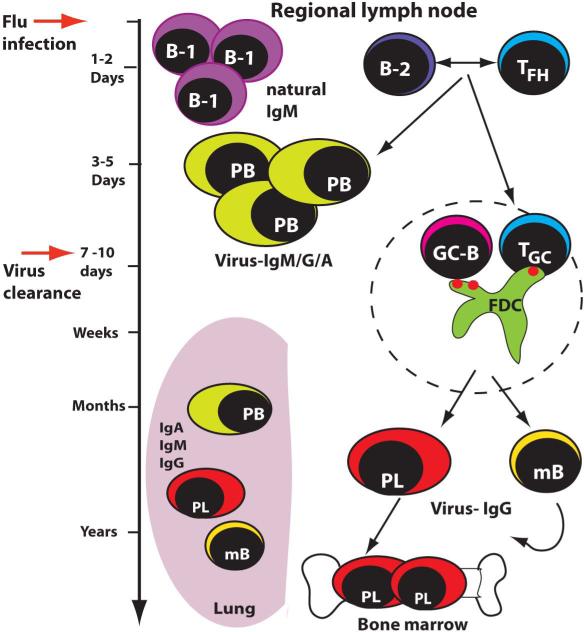Fig. 2. Timeline of B-cell responses during influenza infection.
Within 24-48 h following influenza infection B-1a cells will accumulate in the regional lymph nodes and secrete both virus-specific and virus non-specific natural IgM. By days 3 or 4, the first IgM, IgG or IgA-producing plasmablasts are measurable. They are generated in extrafollicular foci and are mainly, albeit not exclusively, T-dependent. Germinal centers do not develop until about day 7. By that time most of the infectious virus has been cleared from the respiratory tract. Germinal centers can be found up to 5 months after influenza infection. Germinal center responses generate both long-lived plasma cells in the bone marrow as well as circulating memory B cells. Plasma cells and memory B cells are also found in the lung, were they persist for many months and even years. Their origins have not been resolved.

